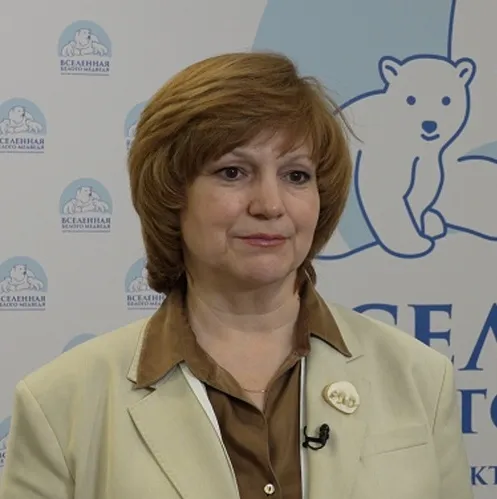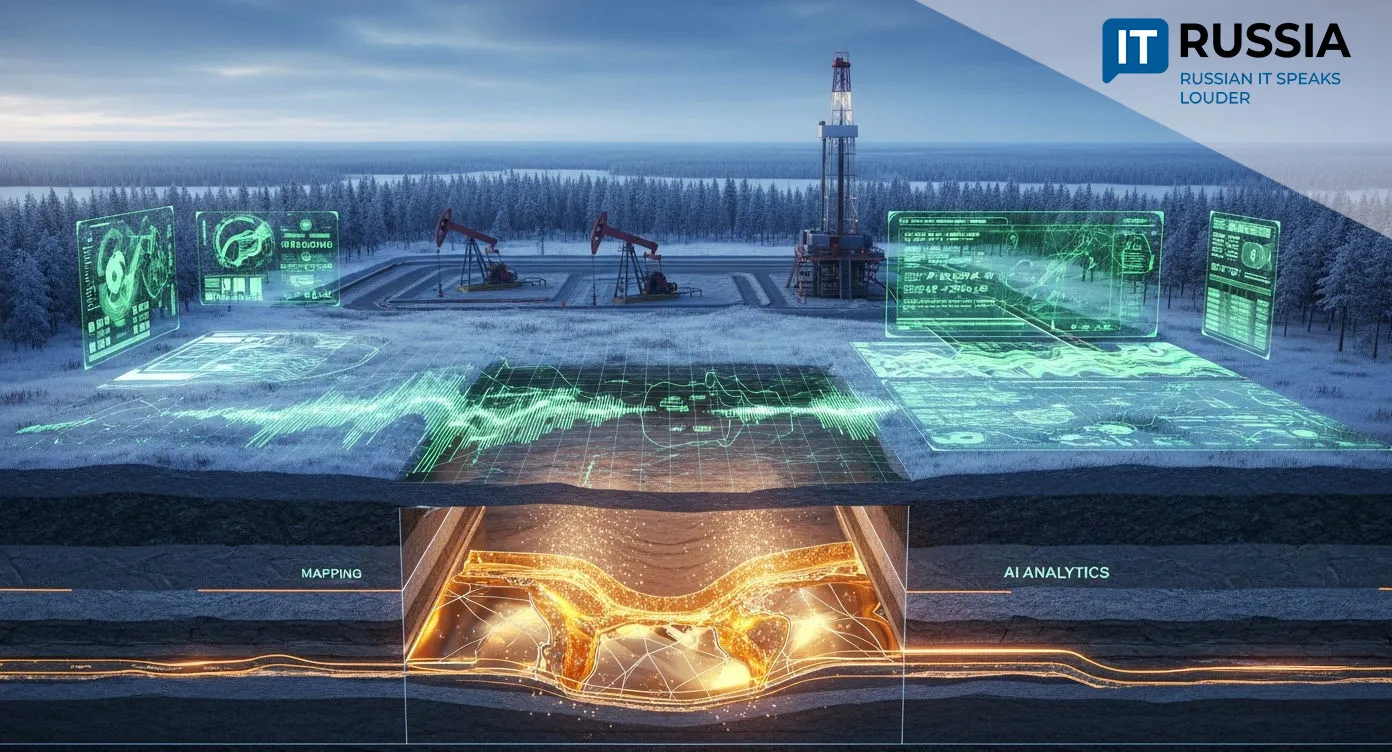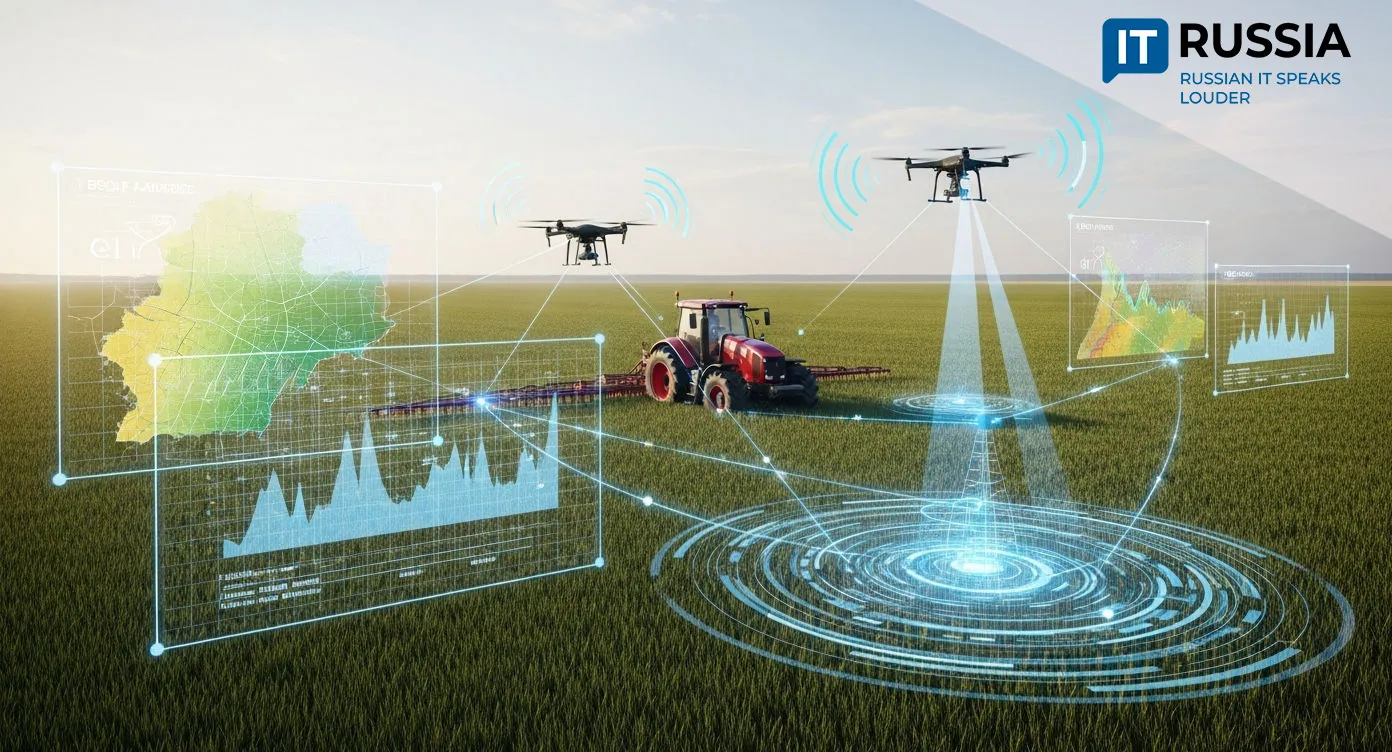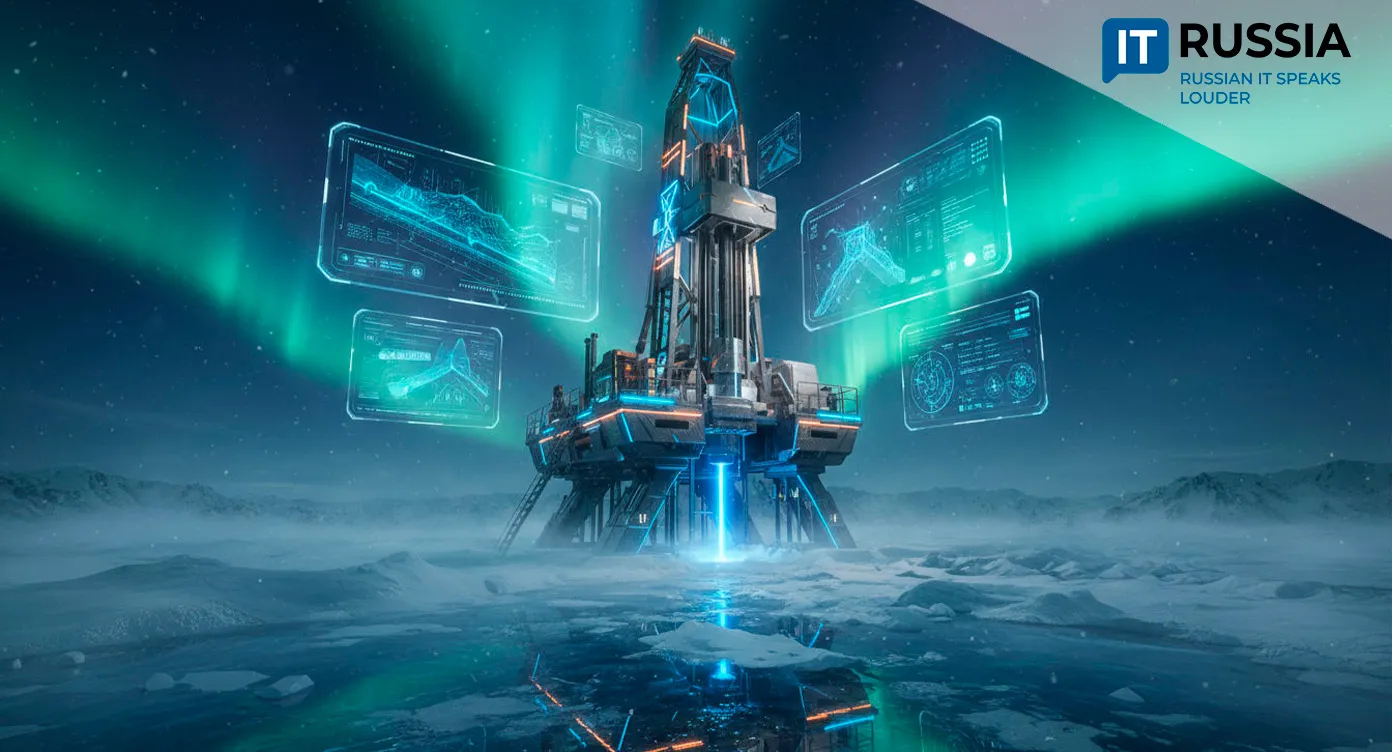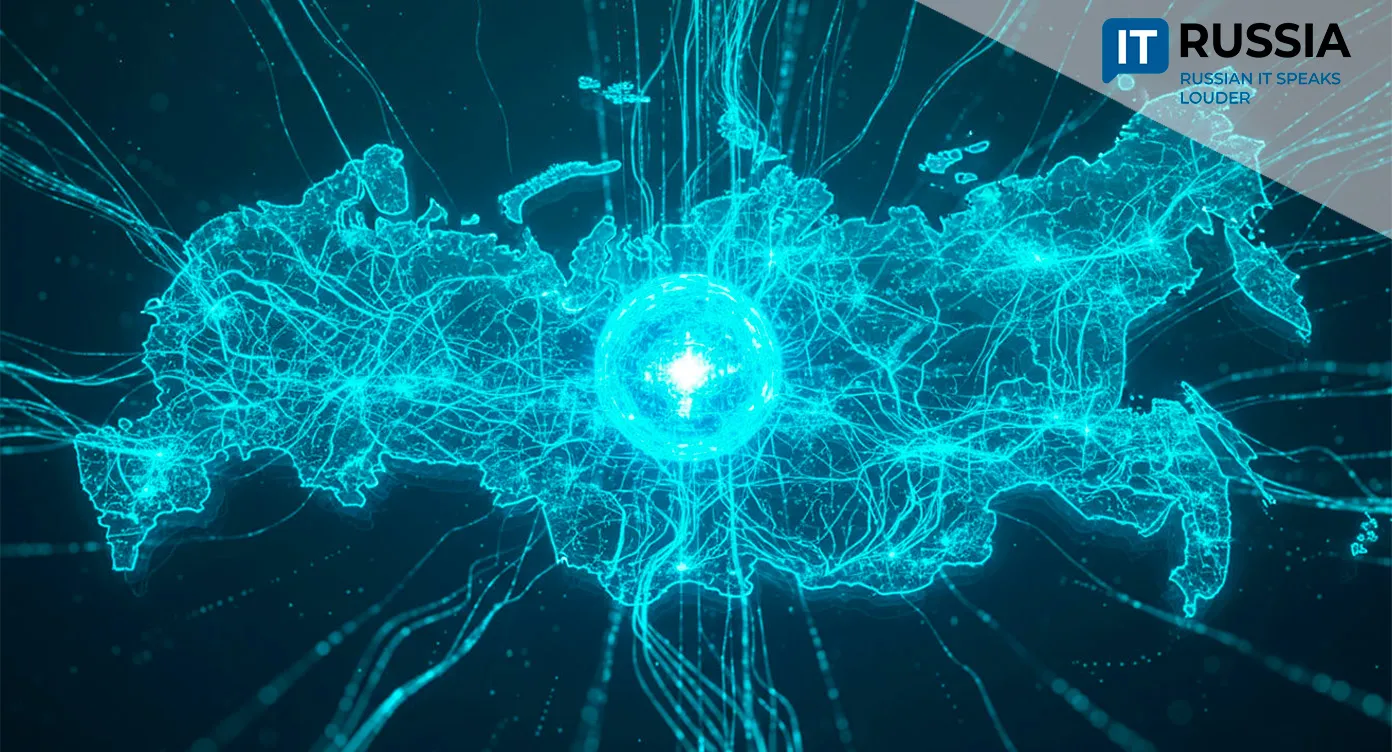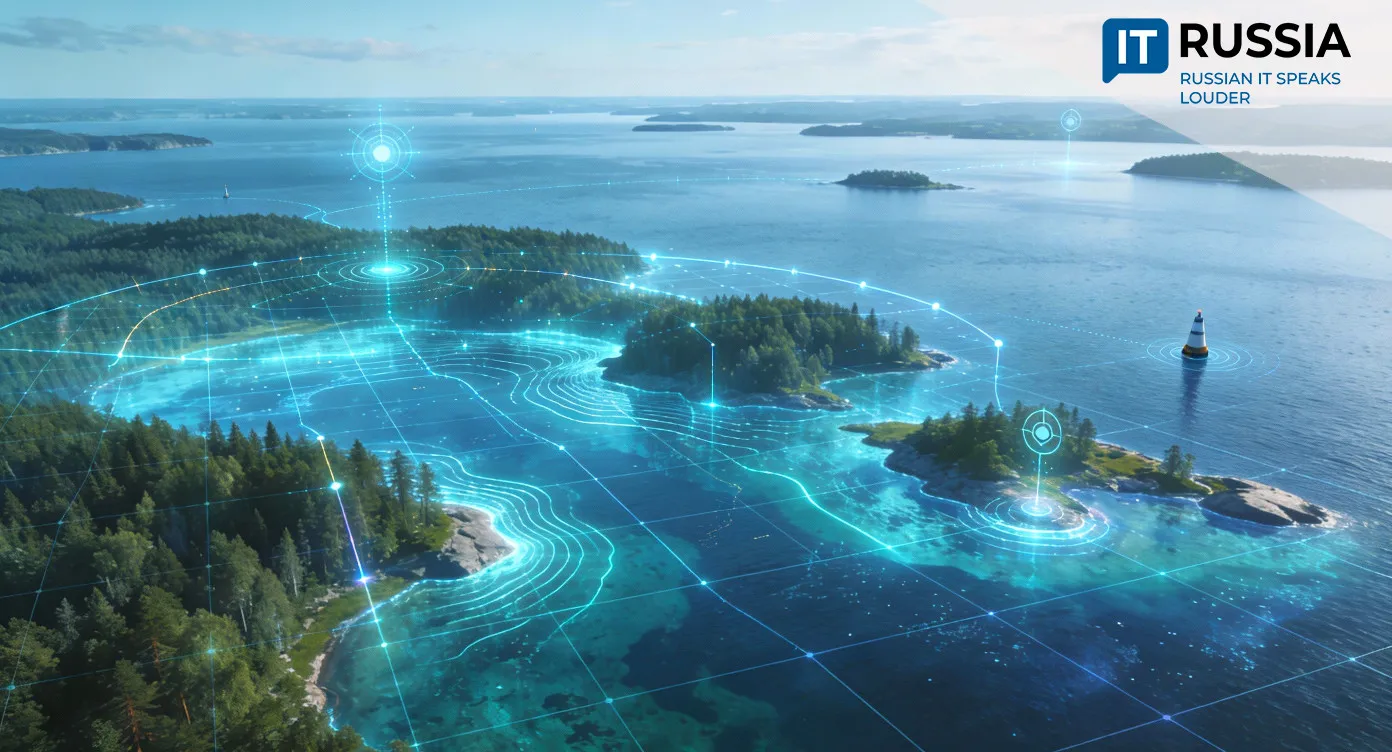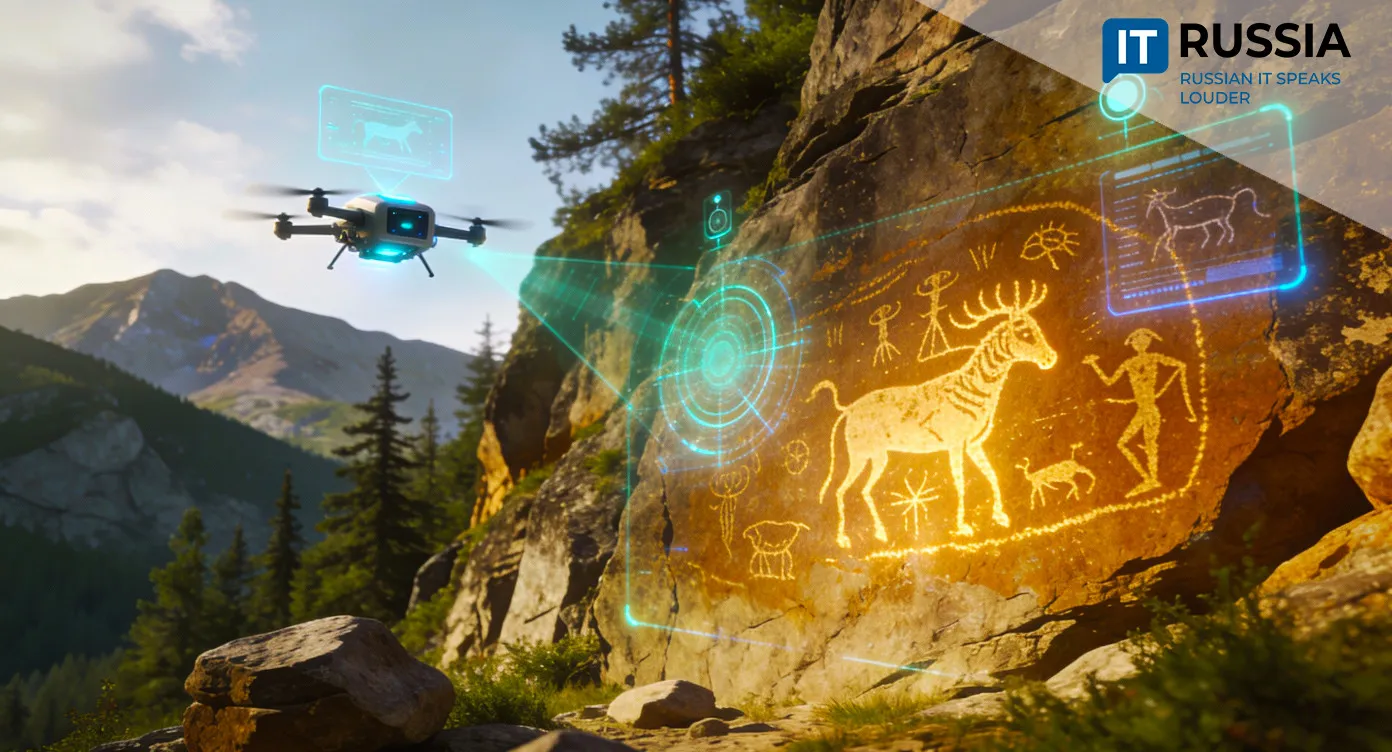Tamura for the Taimyr: AI is Helping Russia Track the Polar Bears of the Kara Sea
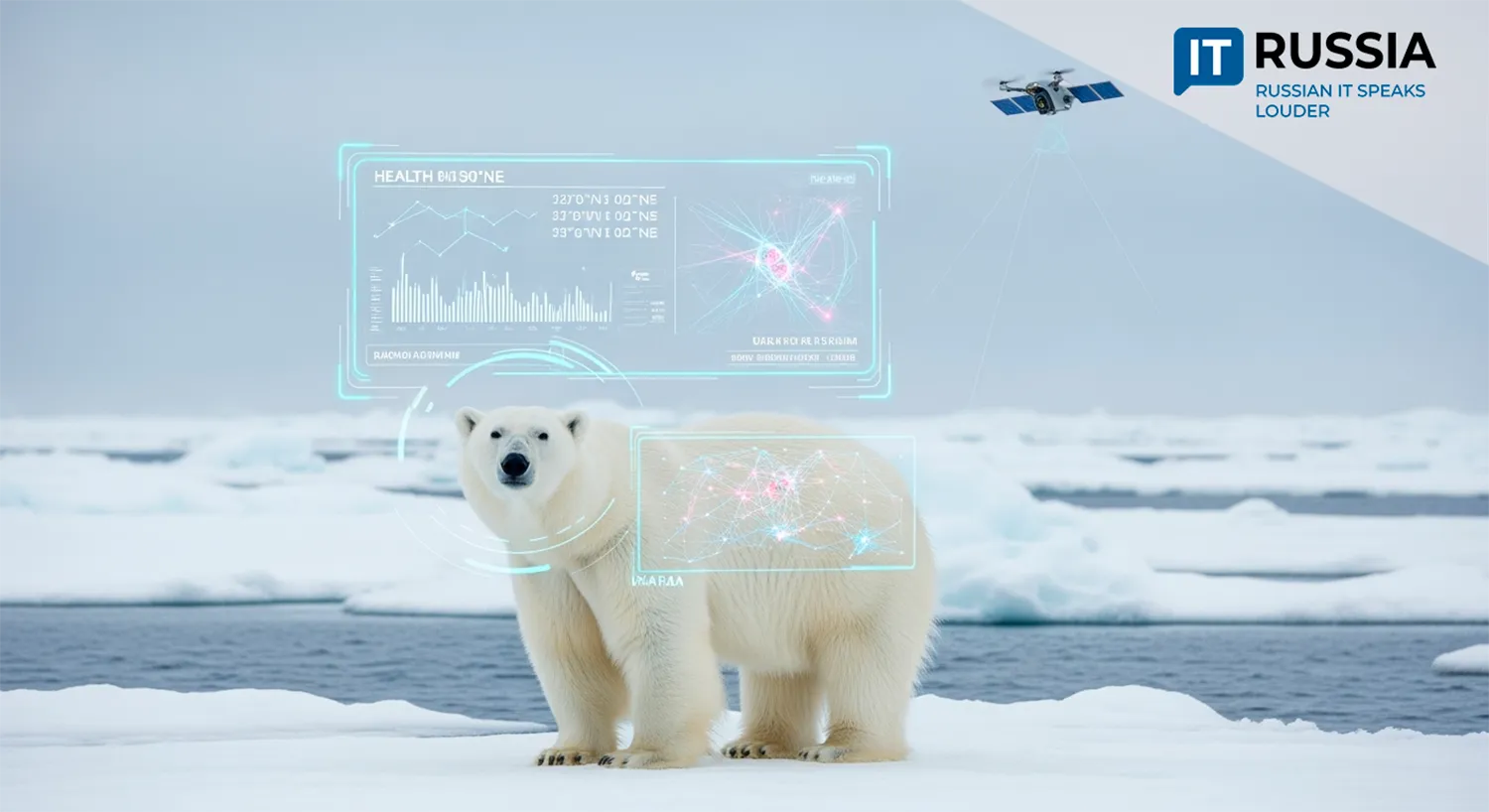
In Russia’s Arctic, a major scientific initiative is underway: researchers are using artificial intelligence and genetic analysis to study one of the least-understood polar bear populations in the world. The project aims not only to protect an iconic species but also to build a sustainable model for ecological monitoring in extreme environments.
Searching for the bioindicator
Globally, the polar bear population is estimated at 25,000, with 6,000 to 7,000 inhabiting the Russian Arctic. More than a charismatic megafauna, the polar bear serves as a key bioindicator of Arctic ecosystem health.
The primary goal of the study is to determine the size and health of subpopulations in each of Russia’s northern seas—Barents, Kara, Laptev, and Chukchi.
In 2024, the state-backed oil company Rosneft launched a new research cycle under its “Tamura” corporate biodiversity program on the Taimyr Peninsula. In partnership with the A.N. Severtsov Institute of Ecology and Evolution, the team conducted three expeditions along the northern coast of Krasnoyarsk Krai.
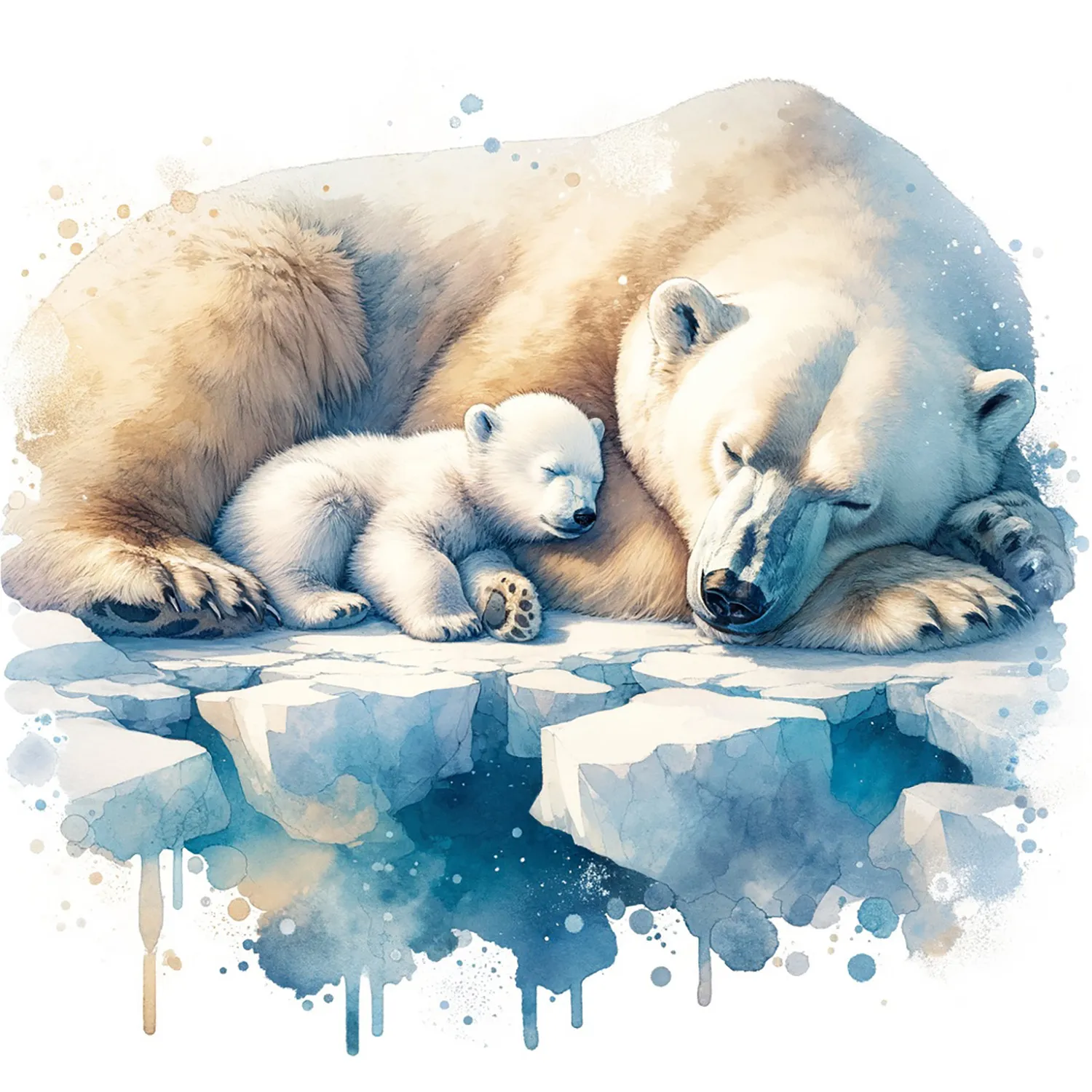
Researchers carried out aerial surveys, tagged bears with satellite collars, and collected genetic samples. The Kara Sea population has remained among the least studied due to harsh weather and poor accessibility. That’s changing: researchers now have more than 700,000 photographs of polar bears in the region. A neural network is processing these images—automatically identifying individuals and assessing their physical condition.
Building a global Arctic monitoring network
Tamura began five years ago. In 2020, researchers formally designated the Kara bears as a distinct subpopulation. Subsequent years saw expeditions expand to cover other Arctic species. In 2023, Canada and Greenland began applying AI to their own polar bear counts. In 2024, Russian researchers logged 50 bear sightings across five expeditions. Now, in 2025, Russia is rolling out its own domestically developed neural network for large-scale ecological use.
The Tamura project exemplifies the potential of public-private partnerships in environmental science. The AI-based photo analysis tool, for instance, could be adapted to monitor endangered species elsewhere.
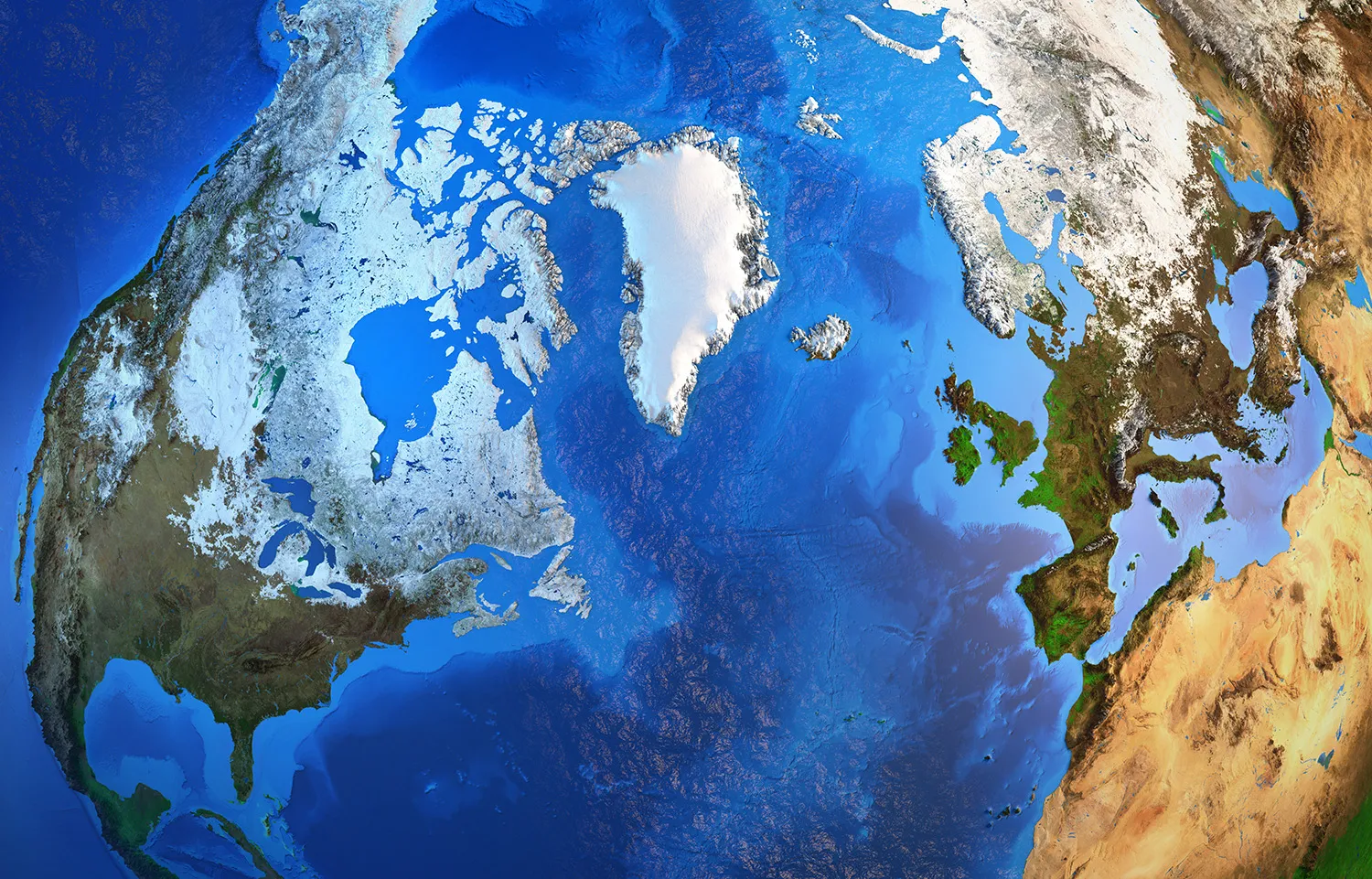
Satellite tracking and genetic sampling methodologies also have export potential—particularly in countries with Arctic or boreal zones.
This is not just about polar bears. The ability to assess and monitor large predators in remote areas helps reduce the risk of human-wildlife conflict near settlements and industrial zones. It also creates a basis for comparing Russian population data with studies from Canada and Greenland—contributing to a unified global monitoring framework for the species.
Preserving Arctic biodiversity through innovation
Experts believe the Tamura data could become the foundation for a nationwide Arctic wildlife monitoring platform. Other companies are expected to follow Rosneft’s lead. The findings may influence national climate strategies and generate interest at the international policy level.
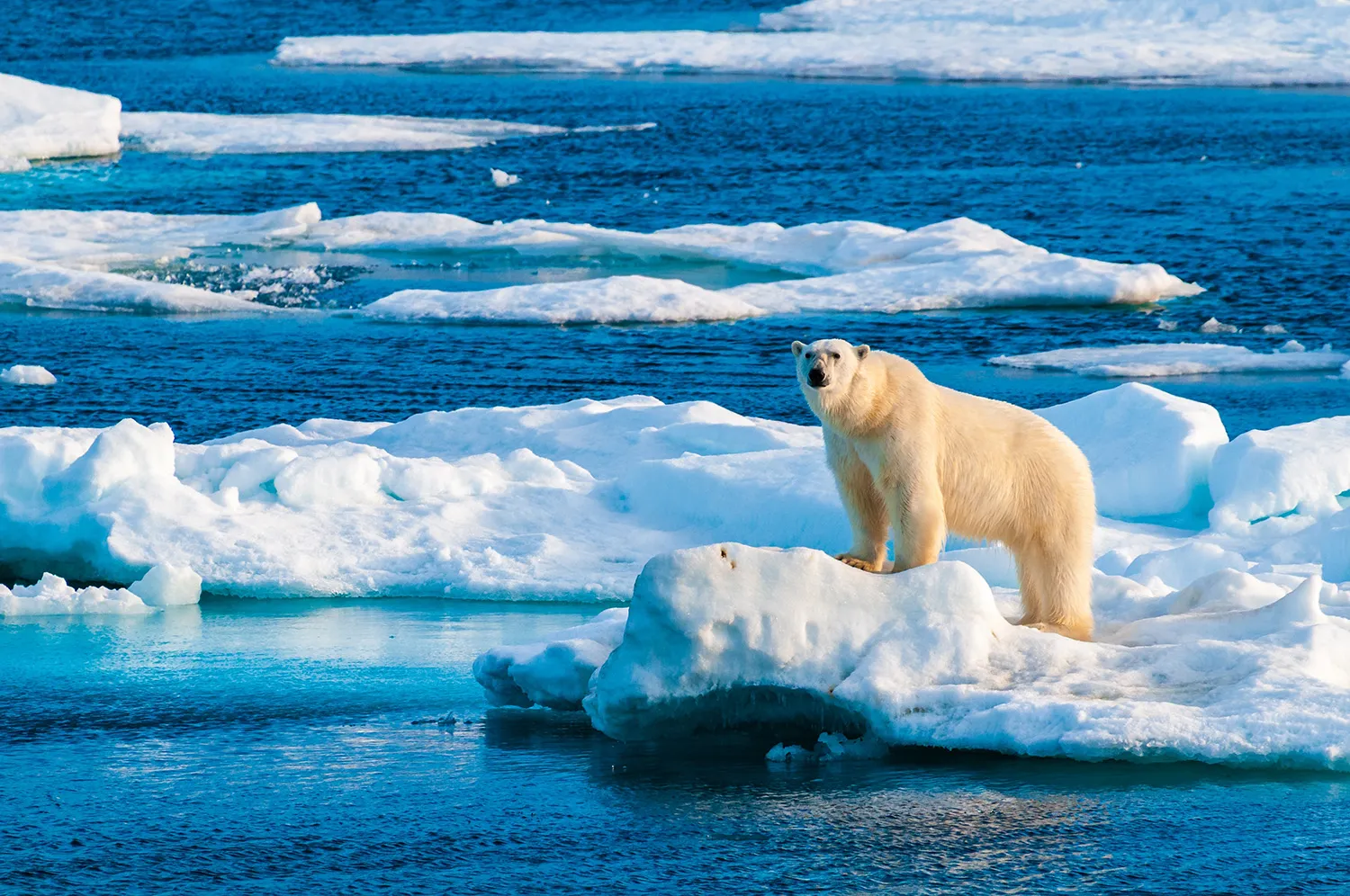
More broadly, this is a case of environmental science informing real-world outcomes. By combining AI, satellite technologies, and fieldwork, Russia is strengthening its leadership in Arctic ecology.
The project demonstrates how digital tools can drive conservation without compromising the need for rigorous biological research.
Polar bear research is more than a scientific goal. It’s a long-term commitment to the future of Russia’s Arctic territories—a region that’s increasingly central to the climate and biodiversity challenges of the 21st century.


